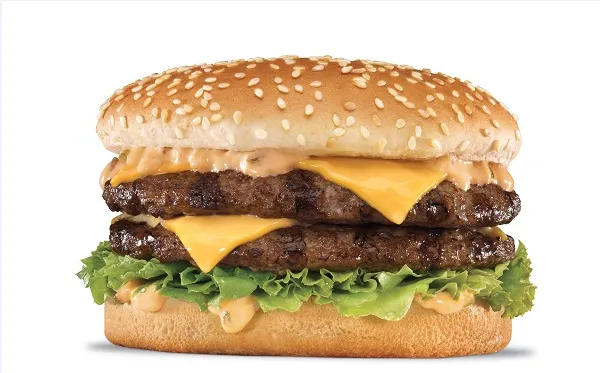
Fast food assets a nutritious investment: real estate specialist
According to Burgess Rawson, fast food property is also part of a balanced portfolio.
Real estate agency specialising in commercial property, Burgess Rawson has sold 78% of major drive thru free standing fast food assets in Australia in the last five years, and they argue the sector’s ability to embrace technology coupled with historical resilience makes it a compelling asset.
Speaking at the launch of Burgess Rawson’s Fast Food Property Investment Report, director Simon Staddon said, “These highly sought-after assets have a low risk profile with an upside and continue to grow in popularity, particularly with investors who own SMSFs. They offer long-term indexed income streams, underpinned by strong land values.
“Demand continues to increase for these tightly held ‘set and forget’ assets, with many landlords holding multiple properties. Investors are prepared to pay a premium to de-risk their property portfolios.”
From 2012 to 2017-18, fast food sales yields compressed from a median 7% to 4.92%, with investment prices sitting between less than $1 million to $9 million. Across their portfolio, assets have seen a capital gain of 64.9%, or $1,252,000, between 2012 and 2017.
With 24 million Australians eating out twice a week on average, food is a “recession proof” asset, argued Neil Honan, managing partner of Honan Partners Chartered Accountants.
Statistics from the Australian Bureau of Statistics back him up; at an average individual spend of $44 a week, eating out is Australians’ fourth-largest expense after rent, mortgage repayments and car loan repayments.
According to the report, demand for these assets is outweighing supply as brand recognition, compounded by land values, contributes to yield compression.
However, Honan and Staddon acknowledged that assets such as these can be “lumpy” for SMSFs attempting to fit them into a portfolio, given the price and value of the asset and the length of time it requires to be held.
With this in mind, Honan noted that some investors choose to buy with a partner, or as part of a syndicate. For example, three or four properties can be bought in a unit trust structure with four or five people putting $500,000 in each from their superannuation.
“What we’re seeing is that with a lot of wealthy clients, what they’re doing is using the super fund for overseas and domestic equities, term deposits, hybrids, real estate investment trusts and so on and then of course they’re using their company or family trust structure to get 70% debt, 30% equity or in some cases 90 or 100% equity and pay cash for those.
“They’re not the typical investor but that’s what they’re doing. They’re putting the asset outside of super because it is such a lumpy asset and the price is so high.”
To download your free copy of the Fast Food Investment Report, please click here.
























